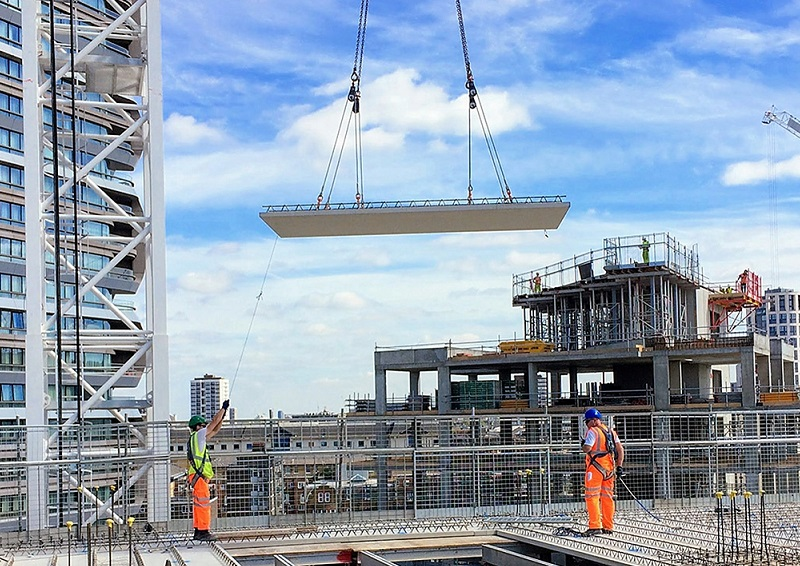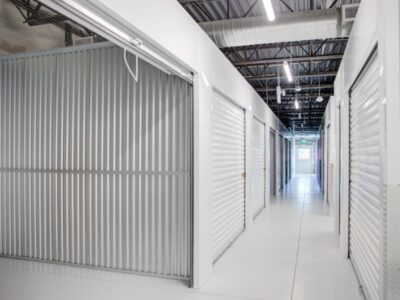The construction industry is an essential cornerstone to the British economy. In 2019 around 6% of all employment was taken by construction, with the total financial output £117 billion. While this does help paint the industry in a positive light, with building works regularly being among the largest sectors in the UK, the amount of risks workers are exposed to provides one of the largest challenges to the construction sector.
The occupational risks that construction site workers are exposed to are wide reaching. Reviewing 2019 statistics from the UK Government the numbers are clear that construction is often an outright leader in the three principal categories of worker endangerment, these are fatal accidents, injuries and illnesses related to workplace exposure.
In this article we will cover the foremost risks that construction site workers are exposed to. This will paint a full picture of an industry where staff need to be trained and assessed regularly to maintain a safe working environment.
Given the nature of construction work, risk is only natural. However a failure from employers to address these issues will only exacerbate one of the other key challenges for construction, a lack of new staff training and applying for jobs. By creating safer environments hopefully the stigma seen in training for these areas of work will start to reduce over time, especially as the number of accidents continues to rise.
Falls From Height
In 2019 half of all deaths from workers in construction were as a result of falling from a height. Fatalities are most common for workers that spend the most time above ground, such as scaffolders. That being said a common cause for fatal injuries are as a result of workers being asked to work in environments they aren’t used to.
For example electrocution is regularly a cause for falling injuries, with workers being displaced as the result of receiving a shock while working at height. To reduce the risk of falling for all workers, not just those who always work above ground, proper safety practices are essential.
Harnesses, full safety checks and understanding platform weight limits are just a few key considerations for workers to undertake. If you employee workers that will be expected to work at height then ensuring they are qualified and comfortable with working at height is important.
Failure to provide the correct level of training as a business owner can leave you open to leal ramifications in the event of an accident. If a fall proves fatal and your companies short comings are held accountable then those effects can be devastating to your businesses financial state.
Moving & Falling Objects
Often on construction sites there are multiple teams working in similar spaces trying to achieve different things. Given the equipment involved, and the fact these teams rarely overlap or regularly work together, misunderstandings can happen.
10% of all fatalities, and around 12% of all injuries, are as a result of being struck by a moving or falling object. The correct PPE is essential as a first line of defence, and not only makes workers more visible but also provides head protection in the event of falling objects.
Working at height has its risks to those below as well as those on scaffolding. If a worker were to drop a tool that hit someone below then the correct level of scaffolding liability insurance is essential. Accidents are inevitable but this protection is a requirement for a scaffolder in particular, regardless of company size.
Environmental Issues
Illnesses as a result of working in the construction industry are also common, and must be protected for with similar levels of precautions as fatal injuries. Working in the vicinity of fibrous materials during construction of new projects can lead to issues, as can the presence of asbestos in demolition projects.
Mesothelioma is a persistent lung condition that is found almost exclusively in construction workers, with 46% of all cases being men over 60 who worked in the construction industry. Naturally the risk of asbestos exposure has decreased as the risk levels where better understood, however proper assessments of older buildings must be undertaken to continue to reduce worker exposure.
The proper use of masks and protective equipment when working with certain materials is essential. The presence of toxins in even modern building materials can lead to severe respiratory issues, especially for those with pre-existing conditions.
Electrocution
While rates of injuries as a result of electric shocks are fairly low for fully qualified electricians, the same cannot be said for the large number of workers who perform work with no formal training. As workers continue to be put under time and staffing pressures, it may become even more common for those that are not qualified to attempt work with electrics.
Ensuring workers have safe equipment is also essential, with regular checks and servicing required especially for mains powered tools. Faulty wiring and use in incorrect conditions are just a few common occurrences for electrical injuries. This goes to show it is not just those that are working at the basic level of wiring that are at risk of injury.











Comments